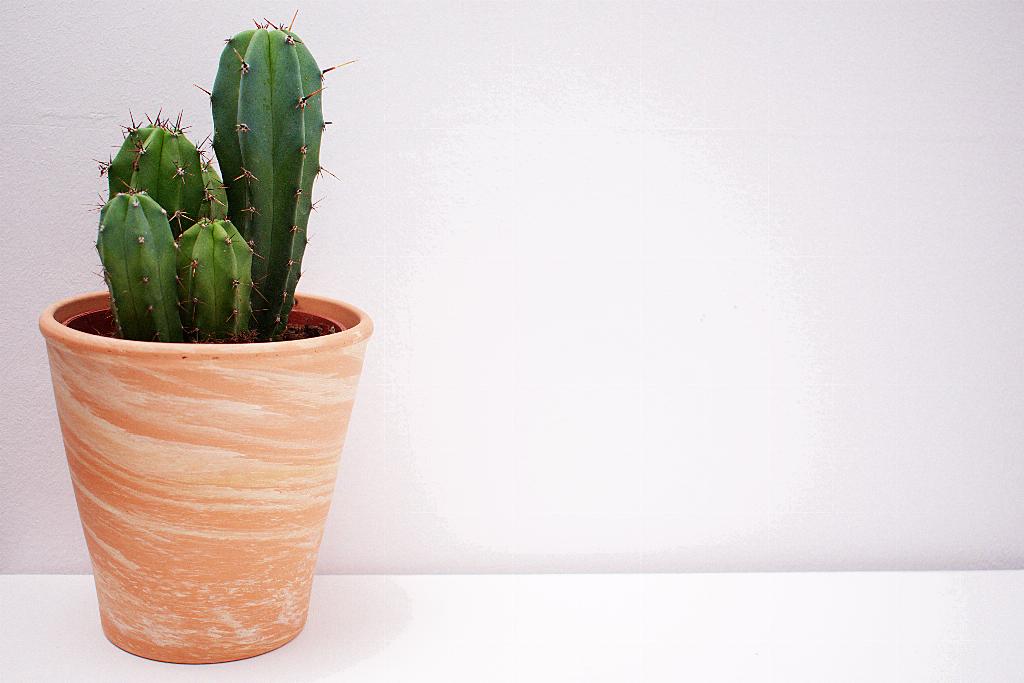When it comes to addressing the issue of eliminating a cactus from your property, it is essential to employ the appropriate methods for successful removal. While these desert plants are known for their resilience and ability to thrive in harsh conditions, there are two primary approaches that are generally recommended for getting rid of cacti: spraying and mechanical removal.
Spraying as a Viable Solution
One effective method for cactus removal is through the use of herbicides. By carefully applying a specific herbicidal solution to the cactus, you can effectively kill the plant and prevent regrowth. It is important to follow the instructions provided by the herbicide manufacturer to ensure proper application and safety precautions.
Mechanical Removal Techniques
For isolated cactus plants, utilizing a grubbing hoe can be an efficient way to physically remove them from the ground. By carefully digging around the base of the cactus and using the hoe to uproot the plant, you can effectively eliminate it from your property. In the case of larger cactus stands, employing a skid-loader can expedite the removal process.
Consider Controlled Burns
Although less common, controlled burns can also be utilized for cactus removal. This method involves burning the cactus plants to eliminate them. However, it is important to exercise caution, as cacti do not burn easily, and the fire may not be selective in its impact. Additionally, controlled burns require the presence of ancillary dry brush to facilitate the burning process.
Environmental Impact Consideration
When determining the most suitable method for cactus removal, it is crucial to consider the potential environmental impact of each approach. Herbicides may have residual effects on the surrounding ecosystem, while mechanical removal can disturb the soil and vegetation in the area. Controlled burns, although effective, can also pose risks to the environment.
Professional Assistance
In some cases, especially when dealing with extensive cactus infestations or challenging removal scenarios, it may be advisable to seek the assistance of professional landscapers or environmental specialists. These experts have the knowledge and tools required to safely and effectively eliminate cacti from your property.
Preventive Measures
Once the cactus has been successfully removed, it is important to implement preventive measures to avoid future infestations. Regularly inspecting your property for cactus growth, promptly removing any new plants, and properly disposing of cactus debris can help prevent re-establishment.
Land Restoration
After removing the cacti, consider restoring the cleared areas with native vegetation or landscaping elements that are less invasive. This can help enhance the overall aesthetic appeal of your property while also promoting a healthy and balanced ecosystem.
Legal Considerations
Before initiating any cactus removal efforts, it is essential to familiarize yourself with any local regulations or laws pertaining to the eradication of invasive plant species. Certain cacti may be protected or subject to specific removal guidelines, so be sure to adhere to relevant legal requirements.
Monitoring and Maintenance
Even after successfully getting rid of the cacti, it is advisable to monitor the cleared areas periodically to check for any signs of regrowth. Promptly addressing any new cactus growth can help prevent re-infestation and maintain the effectiveness of your removal efforts over time.
Final Thoughts
In conclusion, addressing the issue of cactus removal requires a strategic approach that takes into account the specific circumstances of the infestation and the desired outcomes. By carefully selecting the most appropriate removal method, implementing preventive measures, and considering the long-term implications of the removal process, you can effectively get rid of cacti while promoting a healthy and sustainable environment on your property.

